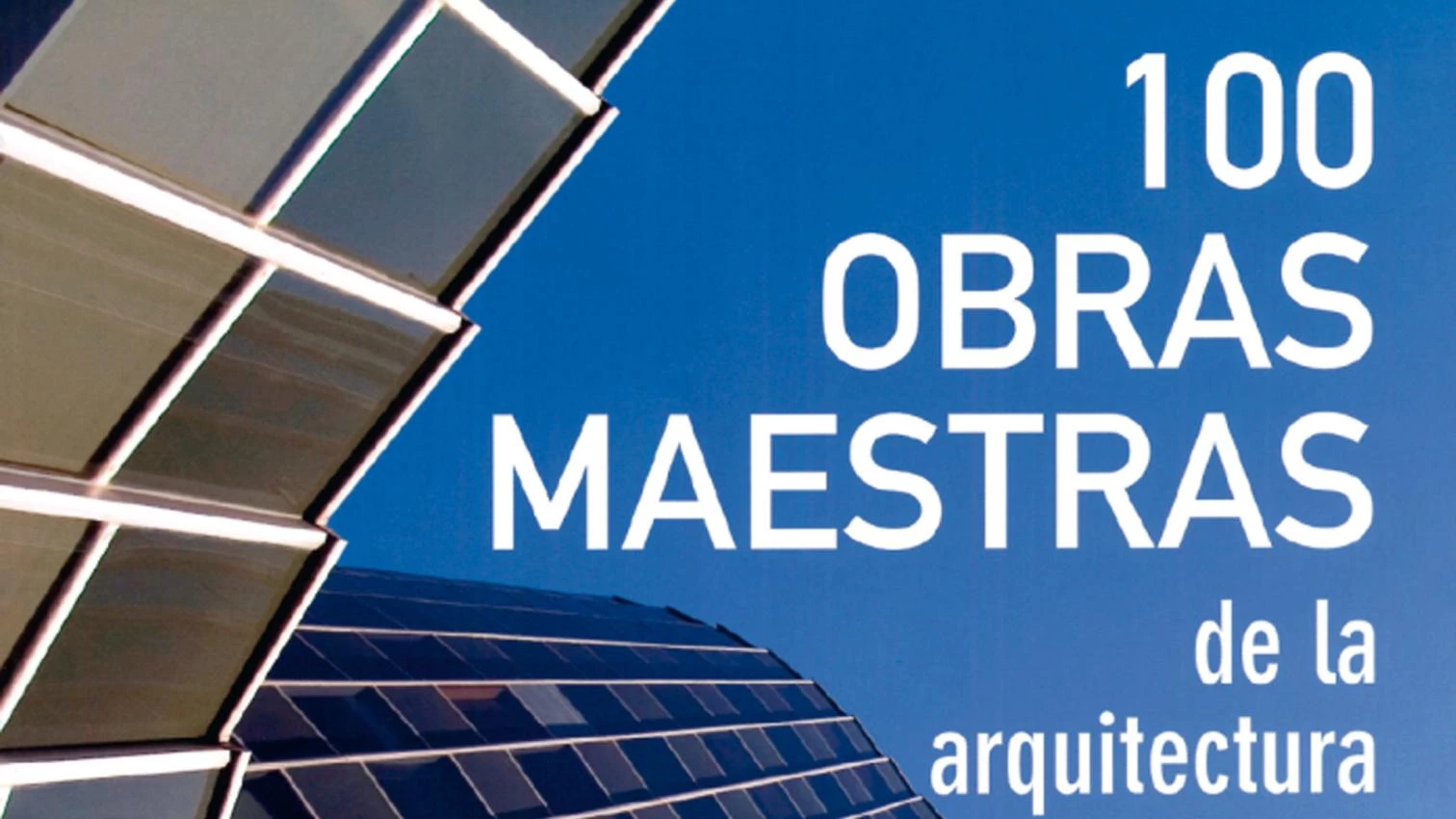
When in 1962 J. M. Richards saw Carlos Flores’s book Arquitectura española contemporánea and said that Spain was “experimenting furiously,” the world was not aware that such a change was even incipient. Spanish architecture evolved at a formidable rate in the second half of the 20th century, shaping a splendid picture for a country that, in the process, also ‘exported’ many projects and renowned professionals everywhere in the world. Whether or not the works carried out in Spain in the last century are ‘masterworks’ is not the point. What’s important is their unquestionable architectural quality, certainly sufficient for them to be worth a look at. Enrique Domínguez Uceta tries to take a ‘still shot’ of a century, in the hope that the hard times afflicting the country will soon wane and the discipline can resume a similar pace of production.
This is really not a book, but the usual architecture guide that gives enough information for one to be able to situate the hundred cases featured: from the Porto Pi gas station in Madrid (1927) by Casto Fernández-Shaw to the Oscar Niemeyer Center in Áviles (2006–2010). Arranged chronologically, the works are presented with basic data, a line drawing, and photos of its current state. The layout is not particularly attractive and the plans are too small for easy consultation. Undoubtedly, the best part is the text that, in flowing pleasing language, leads the reader through a painstaking selection of works that, though not all ‘modern’, are certainly ‘exemplary’.







